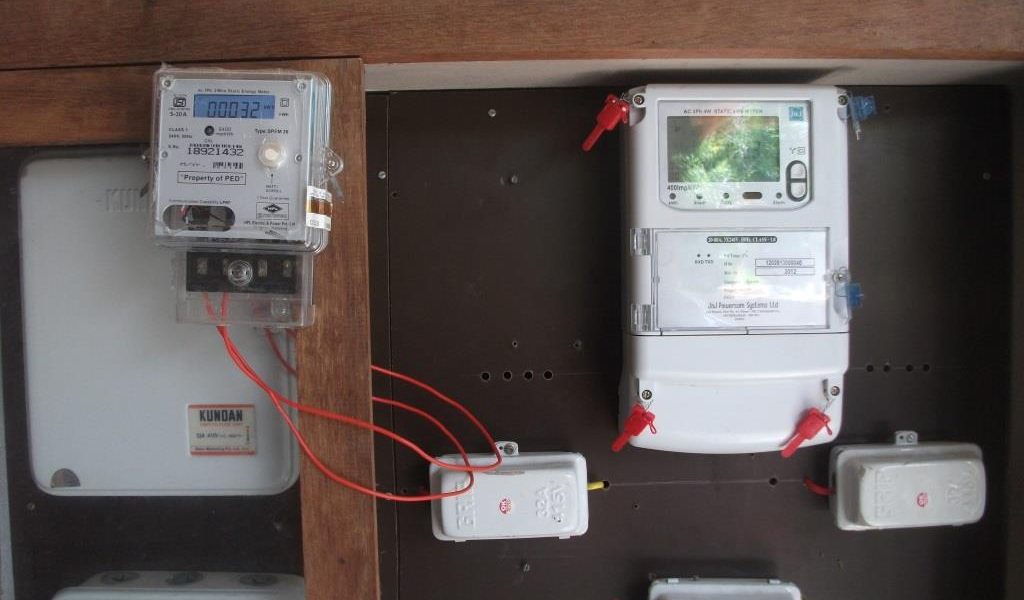South Asia is set to become a leading destination for smart grid infrastructure investment over the next decade. Dominated by India, the region will invest $25.9 billion to modernise its power sector over the period 2020-2029, according to a new study released by Northeast Group.
Although smart metering will account for the majority of investment, other segments such as grid automation and battery storage will also see significant development.
The smart grid market is seeing early growth even as the region continues to cope with the fallout from the global pandemic and ongoing geopolitical tensions between China and India.
Stephen Chakerian, senior research analyst at Northeast Group, said: “Obviously the Covid-19 crisis is far from over, and along with the human toll, the region has taken a nosedive economically.
“But ultimately Covid-19 could be seen as a positive for smart grid infrastructure development in the region. The few South Asian utilities that already had smart metering in place showed much higher collection rates during the lockdown and interest is growing even as the pandemic continues.”
India’s central government is targeting a nationwide rollout and is utilising every policy lever available to make smart metering an appealing option for Indian states, nearly all of which suffer from high transmission and distribution losses.
While ultimately investment decisions are made by the states and utilities, the national government-run Energy Efficiency Services Ltd (EESL) is playing a leading role and has released multiple smart meter tenders of up to five million meters each.
Promising activity has also cropped up in the region’s other countries. Asian Development Bank (ADB) financing is driving large-scale projects in Pakistan and a full rollout in Nepal and utilities in Bangladesh appear to be carving out space for smart metering in a market that to-date had been reserved solely for legacy prepaid metering.
Local and Chinese vendors are the most active in the region, although recent tensions between India and China have added fresh challenges to the market. There is now a concerted effort to deny Chinese vendors access to the Indian market, though Chinese infrastructure will still likely be received elsewhere in South Asia.
India’s domestic manufacturing capacity is ramping up to meet demand, although it remains to be seen if Chinese and other vendors are needed to meet the country’s targets. These vendors are working with international partners who will play a key role in supplying software, communications, and professional services.



